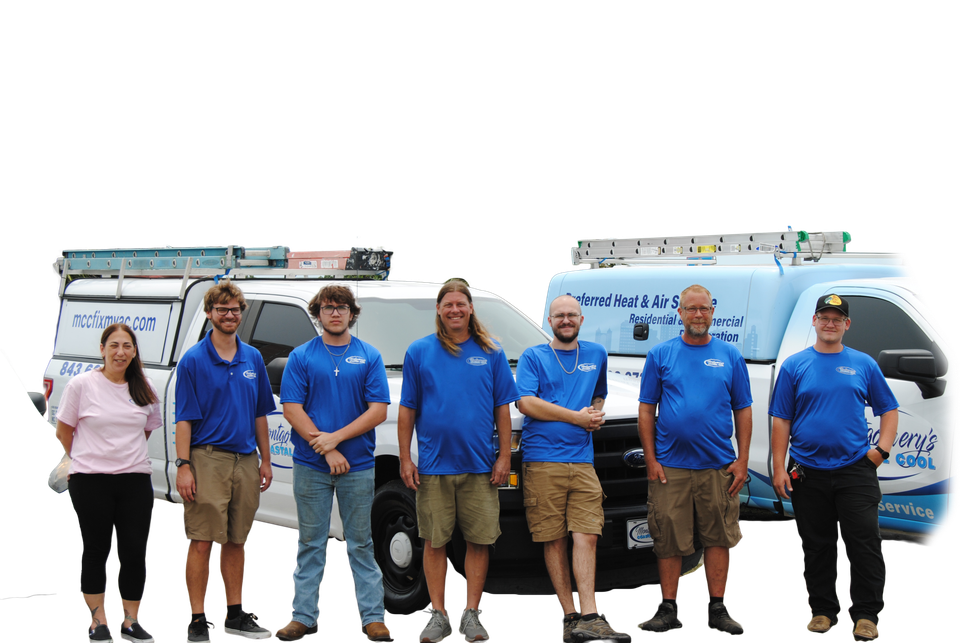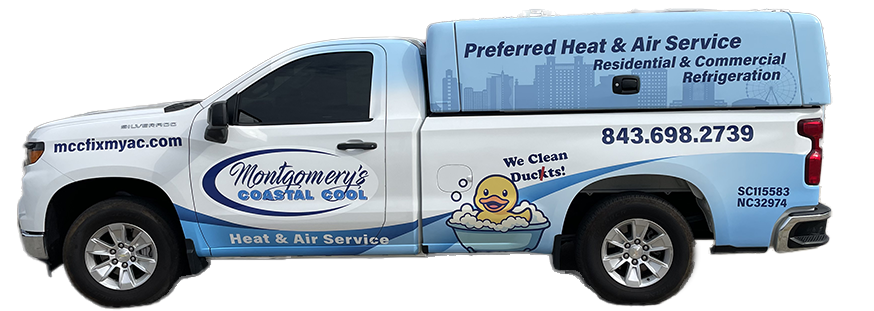



Common causes include dirty air filters, frozen evaporator coils, low refrigerant levels, and incorrect thermostat settings. Our technicians can diagnose and fix these issues.
You should call a professional if basic troubleshooting (checking thermostat, changing filters) doesn't resolve the issue, or if you notice unusual noises, strange odors, or constant short cycling from your unit.
A new AC system offers better comfort, lower energy bills due to improved efficiency, reliable cooling, and enhanced indoor air quality. Modern units also come with advanced features.
Consider replacement if your AC is over 10 years old, frequently breaks down, or requires very expensive repairs that approach the cost of a new unit. We can help you assess the best option.
Ineffective heating or cooling can be due to dirty air filters, incorrect thermostat settings, low refrigerant levels, or a blocked outdoor unit. Our technicians can diagnose and resolve these issues.
Hissing often indicates a refrigerant leak, while rattling or grinding noises can suggest loose components or worn motor bearings. It's best to have these checked by a professional immediately.
We install air source, ductless mini-split, and geothermal heat pumps. Each type offers unique benefits, and we can help you choose the best fit for your home.
A new heat pump provides efficient heating and cooling year-round, improved comfort, significant energy savings, and a reduced carbon footprint. You may also qualify for grants and federal incentives.
We recommend bi-annual service for your heat pump, ideally in the spring to prepare for cooling season and in the fall to prepare for heating season.
A comprehensive tune-up includes inspecting and cleaning coils, checking refrigerant levels, lubricating moving parts, calibrating thermostats, inspecting electrical connections, checking ductwork for leaks, and clearing condensate drains.
Common causes for no heat include a faulty thermostat, a dirty air filter, ignition problems, or a malfunctioning heat exchanger. Our technicians can quickly diagnose and fix these issues.
Scraping or grinding noises often signal worn blower bearings, while a high-pitched squeal can indicate a problem with the fan belt. These noises should be addressed promptly to prevent further damage.
A new furnace provides reliable warmth, lower energy bills due to improved efficiency, enhanced indoor comfort, and increased safety for your home.
Consider replacement if your furnace is over 15 years old, requires frequent repairs, leads to high energy bills, or shows signs of corrosion. We can help you determine the best time to upgrade.
Air duct cleaning removes dust, allergens, and debris, improving indoor air quality, enhancing HVAC efficiency, preventing fire hazards, and creating a healthier home, especially for allergy/asthma sufferers.
We recommend having your dryer vent cleaned annually to prevent fire hazards from lint buildup, improve dryer efficiency, and reduce wear and tear on your appliance.